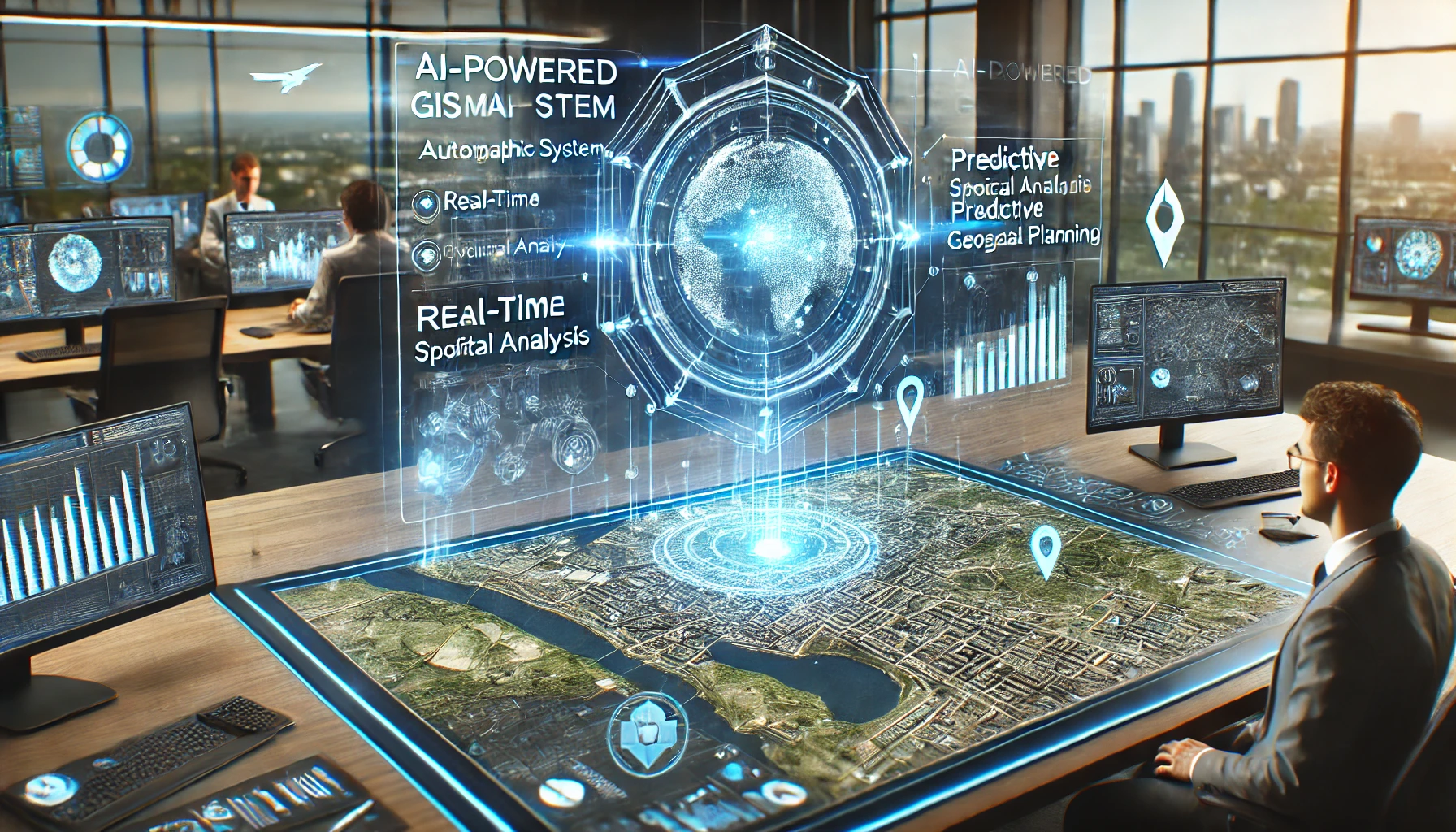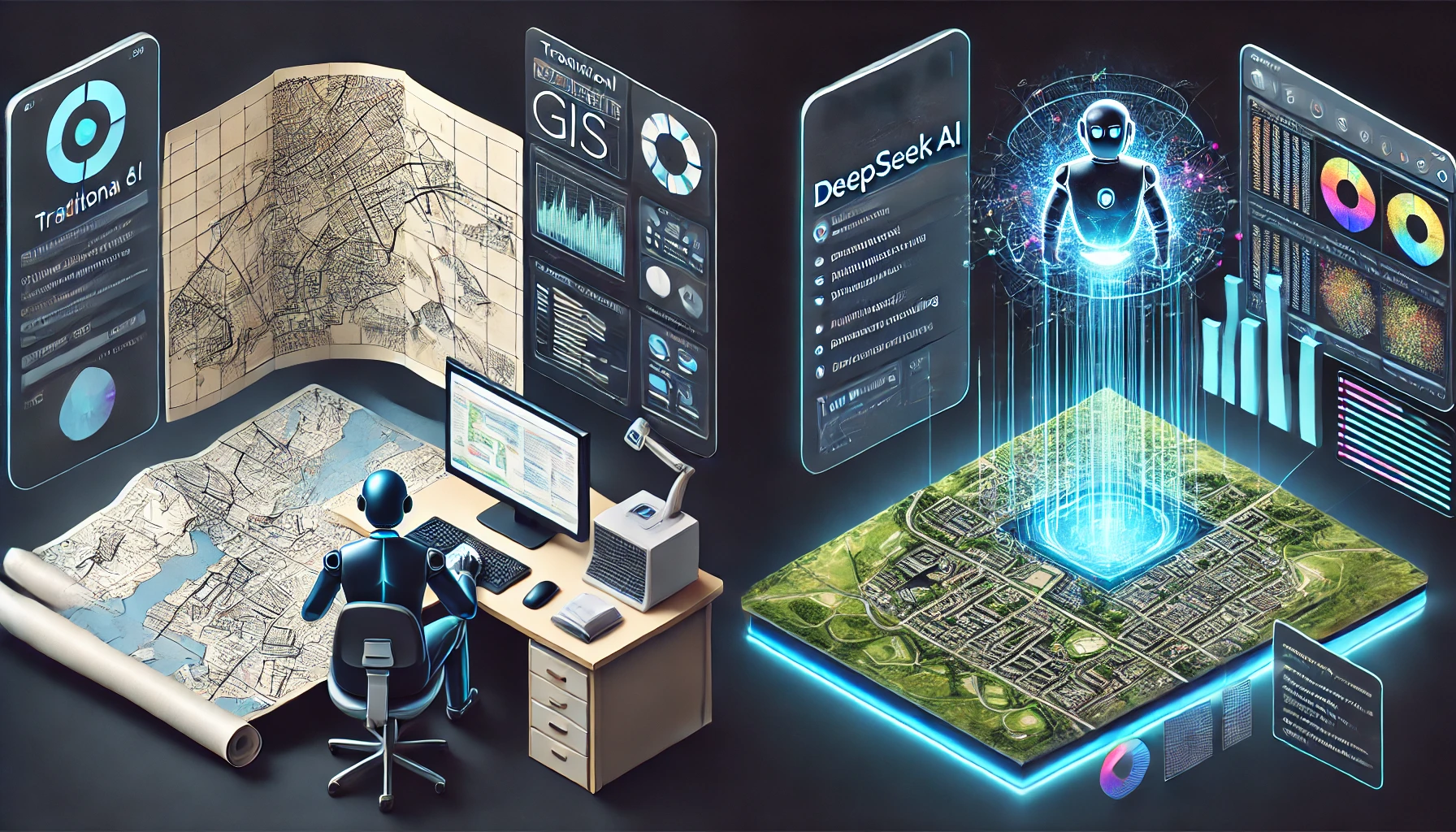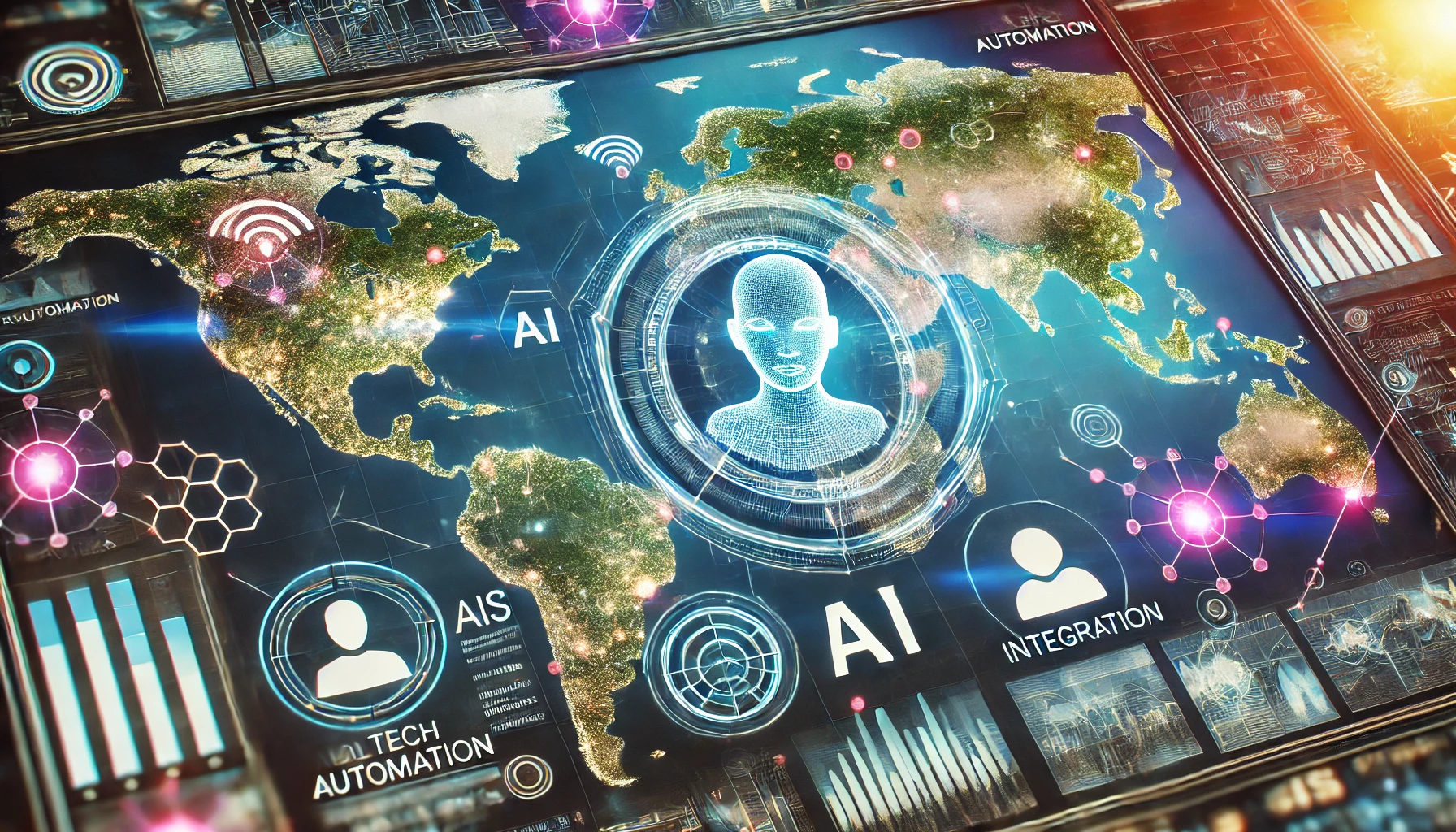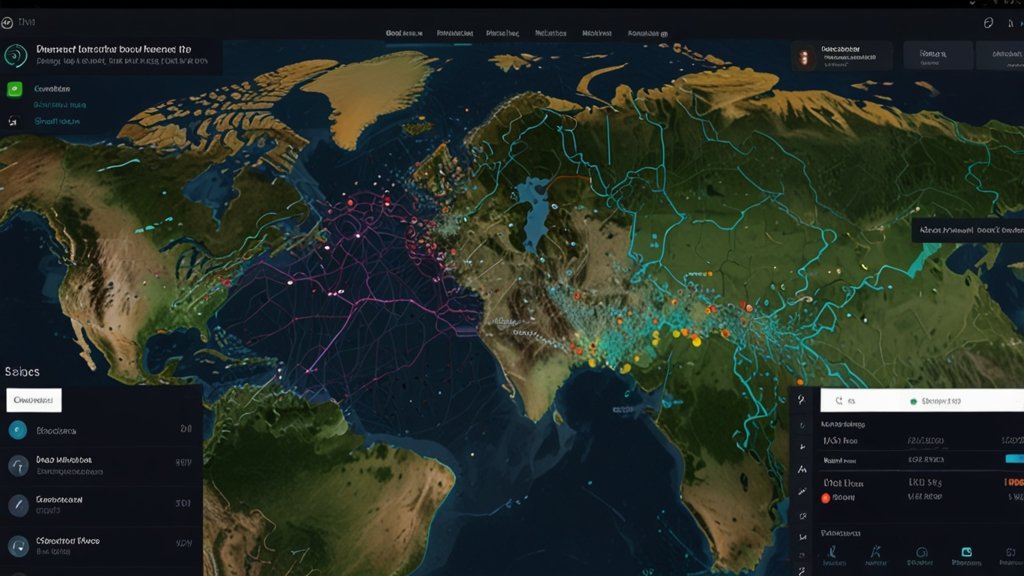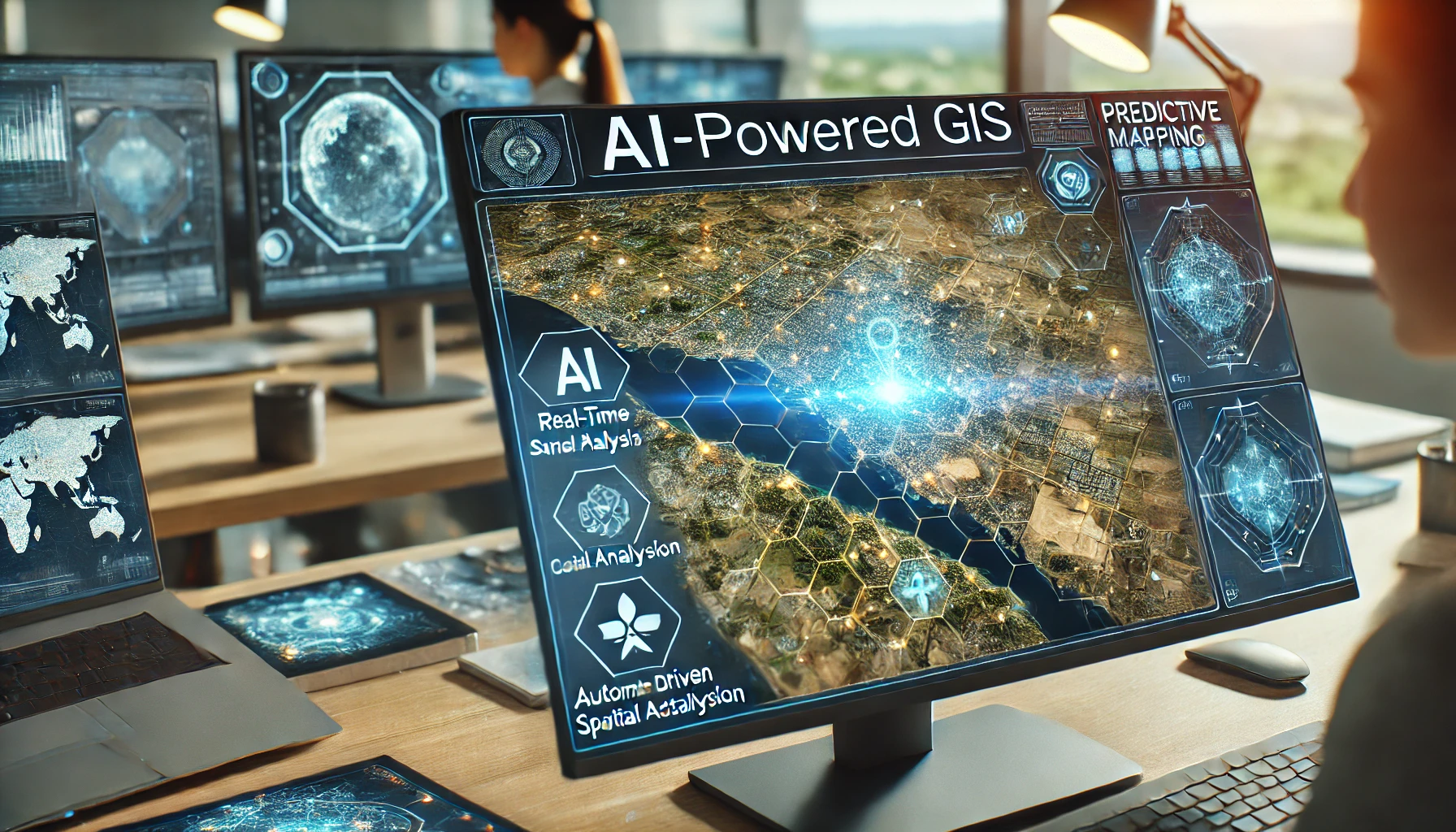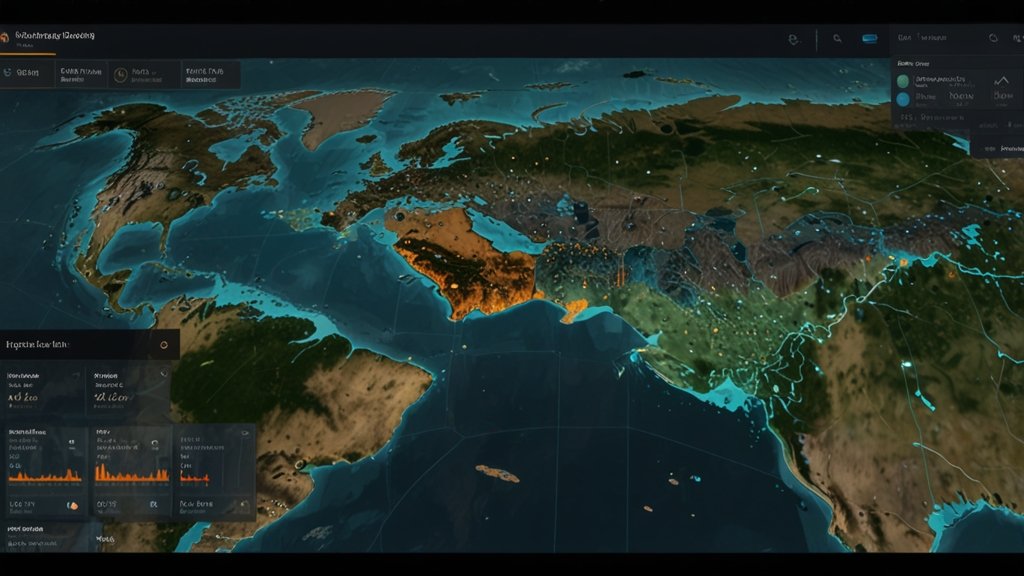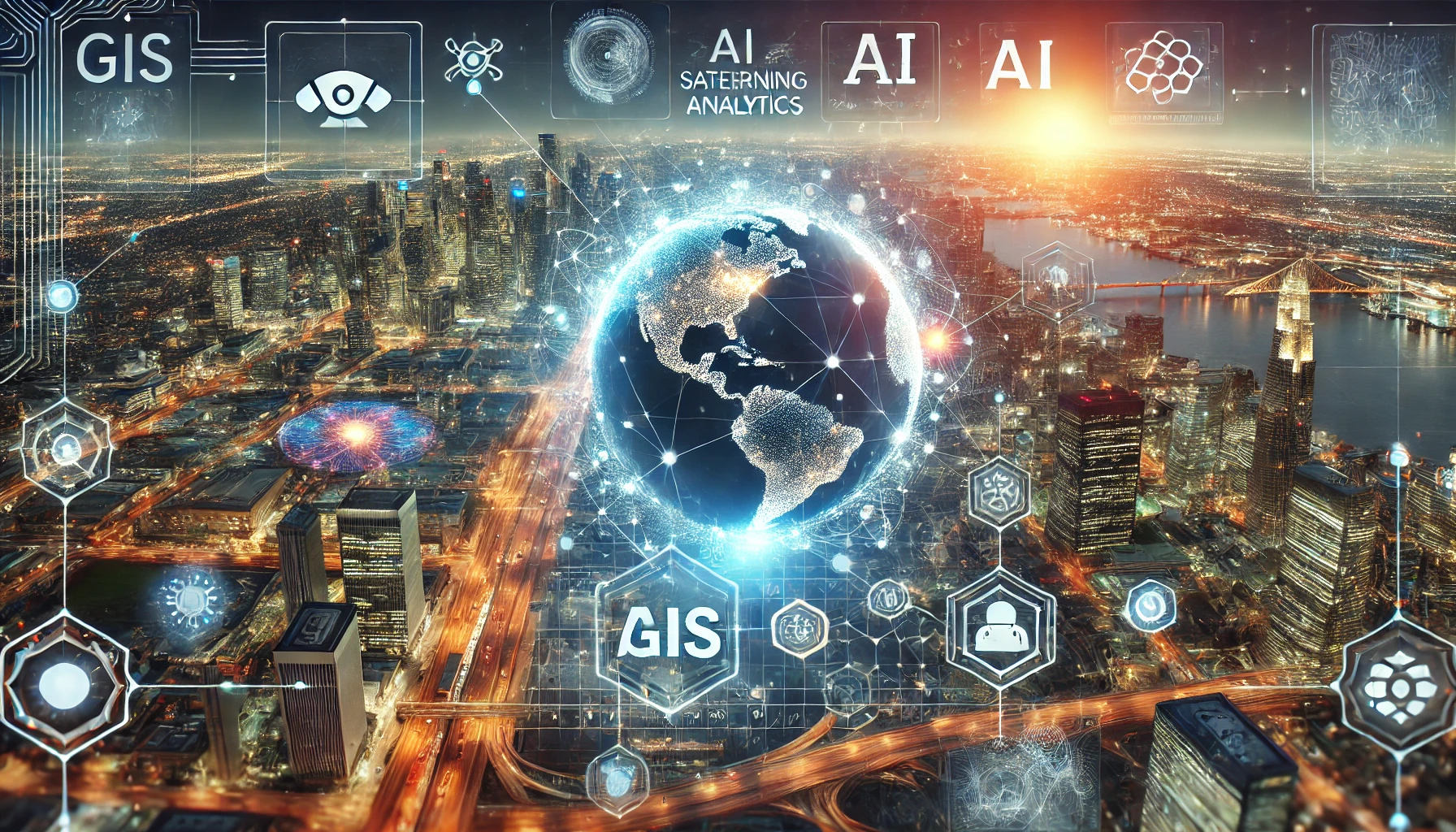How to Build AI-Powered GIS Applications Using DeepSeek AI [2025]
Geographic Information Systems (GIS) have become integral in urban planning, environmental monitoring, disaster management, and smart city development. With the rise of Artificial Intelligence (AI), GIS applications are evolving to process big data, automate spatial analysis, and provide real-time insights. One of the most advanced AI frameworks for GIS is DeepSeek AI. This guide provides a step-by-step tutorial for developers to integrate DeepSeek AI with GIS applications, enabling automation, predictive analytics, and intelligent spatial decision-making. How to Build AI-Powered GIS Applications Using DeepSeek AI 1. Understanding AI in GIS Applications Why Use AI for GIS? Traditional GIS applications rely on manual mapping, spatial queries, and geostatistics. AI-powered GIS applications enhance these processes with: ✅ Automated Data Processing – AI classifies spatial data, removing the need for manual annotation. ✅ Predictive Analytics – AI predicts urban growth, deforestation, and climate changes using machine learning. ✅ Real-time Monitoring – AI enables real-time tracking of traffic patterns, environmental changes, and infrastructure updates. ✅ Improved Accuracy – Deep learning models reduce errors in spatial classification and mapping. DeepSeek AI in GIS: Key Features DeepSeek AI integrates seamlessly with GIS software, offering: Geospatial AI models for image recognition Deep learning-based land cover classification Real-time environmental change detection Automated feature extraction from satellite imagery 2. Setting Up DeepSeek AI for GIS Development Step 1: Install Required Libraries & Tools Before integrating DeepSeek AI with GIS, install the necessary tools: 📌 Programming Languages: Python, JavaScript (for web GIS applications) 📌 AI Libraries: TensorFlow, PyTorch, OpenCV (for deep learning models) 📌 GIS Libraries: Geopandas, Rasterio, Shapely (for geospatial data processing) 📌 DeepSeek AI SDK: Available through API integration # Install required libraries pip install geopandas rasterio shapely tensorflow torch deepseek-ai Step 2: Collect and Prepare Geospatial Data GIS applications rely on spatial datasets such as: ✅ Satellite imagery (Sentinel, Landsat) ✅ OpenStreetMap (OSM) data ✅ GPS data from IoT sensors ✅ LiDAR datasets for elevation modeling Convert raw spatial data into AI-ready formats such as GeoTIFF, JSON, and shapefiles. import rasterio data = rasterio.open(‘satellite_image.tif’) print(data.meta) See Also: Automating GIS Workflows with DeepSeek AI: A Step-by-Step Guide Step 3: Integrating DeepSeek AI with GIS Workflows To integrate DeepSeek AI with GIS applications: 1️⃣ Load spatial datasets into AI models 2️⃣ Use DeepSeek AI for automated feature detection 3️⃣ Train deep learning models on geospatial data 4️⃣ Deploy AI-powered spatial predictions from deepseek_ai import Model model = Model.load(‘deepseek-geospatial’) predictions = model.predict(geospatial_data) 3. AI-Powered GIS Use Cases A. Land Cover Classification DeepSeek AI can classify different land-use types (urban, vegetation, water bodies, barren land). from deepseek_ai import ImageClassifier classifier = ImageClassifier() classifier.train(‘land_cover_dataset’) ✅ Application: Environmental monitoring, agriculture, smart city planning See Also: Using DeepSeek AI for Predictive Spatial Analytics in GIS B. Predicting Urban Expansion AI models predict how cities will expand based on historical growth patterns. model.train(‘urban_growth_data’) predicted_map = model.generate_future_map() ✅ Application: Urban development, traffic management, infrastructure planning C. Real-Time Disaster Monitoring AI helps detect flood zones, wildfire spread, and earthquake impact zones using satellite data. predicted_map = model.generate_future_map() ✅ Application: Emergency response, climate resilience planning See Also: Top 10 GIS Apps Powered by AI: A Future Perspective 4. Deploying AI-Powered GIS Applications Step 4: Build an AI-Powered Web GIS Application To visualize AI GIS results, use web-based GIS frameworks like Leaflet.js, Mapbox, or OpenLayers. var map = L.map(‘map’).setView([51.505, -0.09], 13); L.tileLayer(‘https://{s}.tile.openstreetmap.org/{z}/{x}/{y}.png’).addTo(map); ✅ Application: Smart city dashboards, real-time geospatial analytics platforms See Also: How DeepSeek AI is Revolutionizing GIS Automation Step 5: API Integration for AI GIS Expose AI-powered GIS services as APIs to integrate with other applications. from flask import Flask, request, jsonify app = Flask(__name__) @app.route(‘/predict’, methods=[‘POST’]) def predict(): data = request.json result = model.predict(data) return jsonify(result) ✅ Application: AI GIS SaaS platforms, AI-driven map automation 5. Challenges & Future Trends in AI-Powered GIS Challenges in AI-Powered GIS 🚧 Data Quality Issues: AI models require high-resolution, labeled geospatial data. 🚧 Computational Resources: Deep learning models require GPU acceleration. 🚧 Ethical Concerns: AI predictions in GIS should be transparent and unbiased. See Also: DeepSeek AI in GIS: A New Era of Geospatial Intelligence Future Trends 🚀 AI-Integrated IoT Sensors for real-time spatial monitoring. 🚀 Autonomous AI-Driven Mapping using drones and robotics. 🚀 AI-Powered 3D Geospatial Modeling for next-gen smart cities. Conclusion AI-powered GIS applications are transforming spatial analysis, predictive modeling, and geospatial intelligence. With DeepSeek AI, developers can automate mapping, analyze satellite imagery, and build real-time GIS applications with cutting-edge AI models. By following this step-by-step guide, developers can leverage DeepSeek AI to create advanced GIS applications, leading to smarter cities, improved environmental monitoring, and better disaster management solutions. Frequently Asked Questions (FAQs) Q1: What programming languages are best for AI GIS development? Ans: Python is preferred due to its GIS and AI library support. Q2: How does AI improve GIS applications? Ans: AI automates mapping, spatial analysis, and predictive modeling. Q3: Is DeepSeek AI suitable for beginners in GIS? Ans: Yes! It offers pre-trained models that simplify GIS automation. Q4: What industries benefit from AI-powered GIS? Ans: Industries like urban planning, agriculture, and disaster response gain immense value. Q5: What is the future of AI in GIS? Ans: AI will enable real-time 3D mapping, geospatial automation, and intelligent decision-making.

